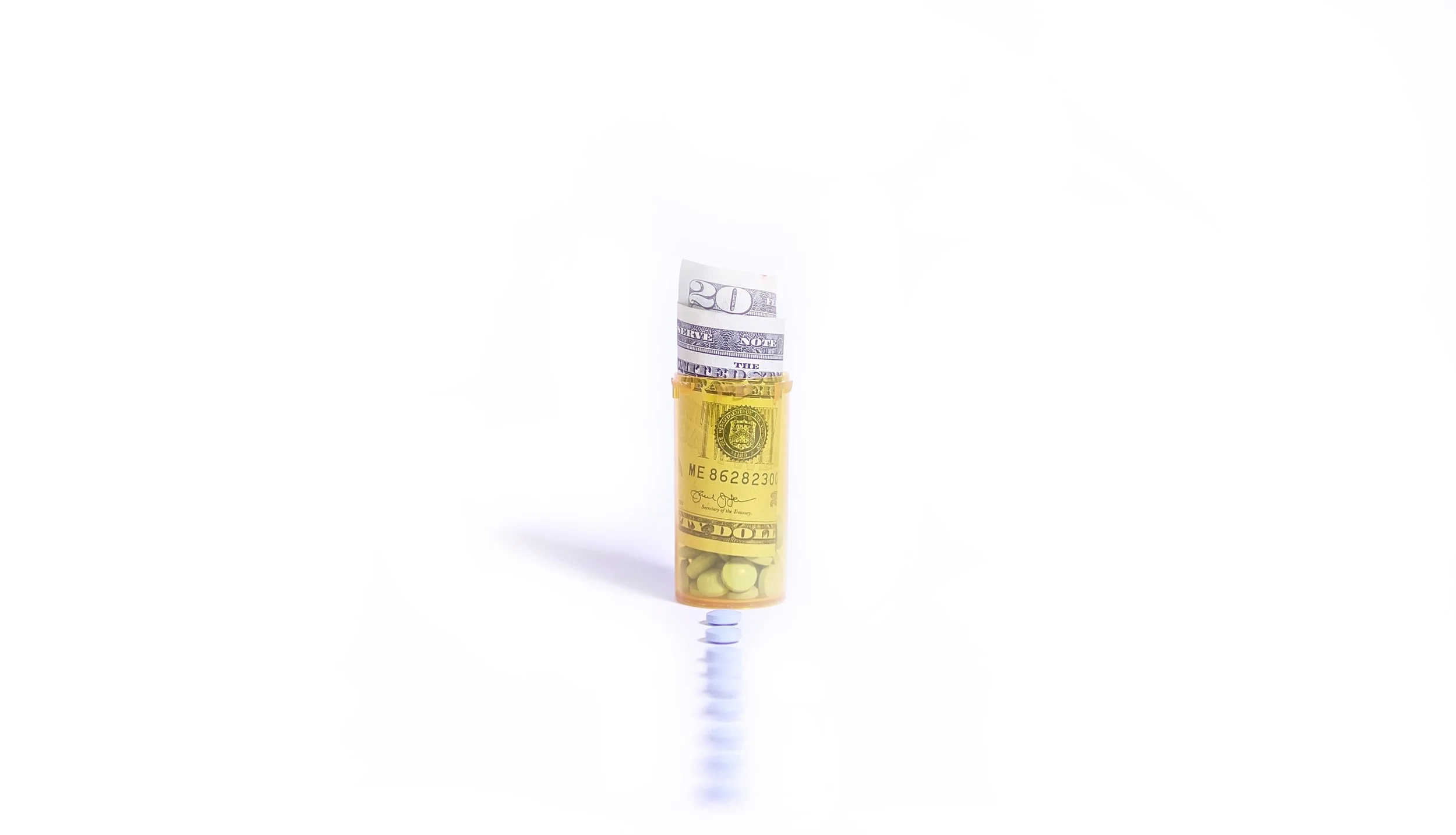Welcome to the murky world of drug pricing.
46BROOKLYN'S RESEARCH AND VISUALIZATIONS Help MAKE THINGS CLEAR.
It’s easy to assign blame when it comes to drug pricing. Blame manufacturers for shifting from closely watched and scrutinized price increases to higher launch prices. Blame pharmacy benefit managers (PBMs) for pushing up generic average wholesale prices (AWPs) by demanding higher and higher rebates on their predecessor brand equivalents and then pricing generic drugs to clients based on those inflated AWPs. Blame the pharmacy for searching for drugs that will arbitrarily pay out more to help offset the many drugs that pay next to nothing. Blame the insurer for playing along with the game, because at the end of the day, higher claims payments simply lead to higher premiums. Blame us for writing about this nonsense and depriving you of your blissful ignorance.
Who should we blame for high drug prices?
Everyone.
But blaming everyone is not going to get us very far. It’s not that the players don’t deserve the blame (they do); it’s just frustratingly unproductive to do so. If we really want to fix all of this, we collectively need to stop hating the players and start hating the game.
The game is undeniably producing very poor results. In just over a year we’ve published on massive generic pricing distortions in Medicaid, specialty drug steering to pharmacies affiliated with PBMs and or insurers, generic drug pricing and tier manipulation in Medicare Part D, the impact of arguably useless (but extremely expensive) line extensions, and skyrocketing launch prices.
But we must take a step back to understand how this happened. In our view, it all starts with the no-holds-barred capitalistic nature of the U.S. economy. America is the land of opportunity. It’s where you can dream up any idea and go out and do it. This has created products and services that have vastly increased our quality of life and productivity. Take the tablet on which this page was written, or the many cloud-based tools that allow us to run 46brooklyn on a minuscule budget, or the fact that we needed some obscure cable and were able to order it on Amazon and receive it less than 24-hours later – on a Sunday no less!
So how were these amazing products and services created? By innovative people that are simply trying to get ahead in life. We truly believe that these people are fundamentally no different than the people working for drug manufacturers, PBMs, wholesalers, insurers, and pharmacies. We’ve worked within many large companies filled with brilliant people aiming to get a better performance score on their year-end review to get a slightly larger pay increase or be in line for that next promotion. Then with that bigger job and extra money, maybe they’ll be able to buy a few more toys for their kids, go on that Caribbean vacation they’ve been dreaming about, or pay down their mortgage faster. That’s the American path to happiness (yes, we intended for that comment to drip in sarcasm)! So, to find happiness, people get creative and come up with lots of new ideas, some of which will inevitably strike gold for their companies.
Put bluntly, capitalism is both beautiful and messy. We just need it to be more beautiful than messy. To that end, we think better incentives can help shift more of our creativity towards productivity (i.e. beautiful) and away from exploitation (i.e. messy).
So, our recommendations for regulators and lawmakers? As you are considering policy changes, make sure they fundamentally change the incentives of the game rather than incrementally close one of the many doors a player can use to exploit the game.
Take the launch high brand-drug launch prices we’ve recently written about. Are they a side effect of the intense criticism brought against manufacturers for price increases? Are they an unintended consequence of harsh penalties levied on drug manufacturers in Medicaid for raising prices at a rate above inflation? If PBMs are demanding higher rebates, but manufacturers can’t raise prices to offset such rebates, what did we think was going to happen? And if we are content to let rebates lurk in the shadows, how do realistically expect this to ever get resolved?
If our regulation simply works to shut and lock each door as we find it open, the players will simply build another door to replace it. In other words, if the incentives of the game reward exploitation, exploitation will persist.
So, we humbly request that we screen policy change through one simple lens. Does this policy change the incentives of the game to reward the players for doing what we want them to do? If it doesn’t, we’re playing nothing more than a game of whack-a-mole, except with real lives at stake and billions of taxpayer dollars. If it does, we’re optimistic that our drug supply chain can be reformed to produce considerably more beauty and much less mess.
But good policy starts with good education. And good education starts with good data. That’s where 46brooklyn tries to help out. We create and publish free visualizations and research to bring drug pricing data to life. We sincerely hope our efforts will help shed some light on how the U.S. drug supply chain works and lead to the changes we need to reduce its exploitation and improve its efficiency.




